
Contenu

The Cadillac Northstar V-8 belongs to the Premium V family of engines that also is used in the Pontiac and Buick and saw brief service in the Oldsmobile as the Aurora L47. It was originally conceived as a high-performance engine to compete against German-made luxury sports cars. It had evolved from the Corvette LT5 all-aluminum V-8 designed for Chevrolet by Lotus. It has since become the V-8 powerplant of choice for General Motors.
Origins
The Northstar V-8 was designed for the 1992 and 1993 model years of the failed Cadillac Allanté, which was introduced by General Motors in 1987 as a luxury two-seater sports car to compete against BMW and Mercedes-Benz. The Allanté ended production in 1993, but the Northstar continued in other Cadillac models.
The Basics
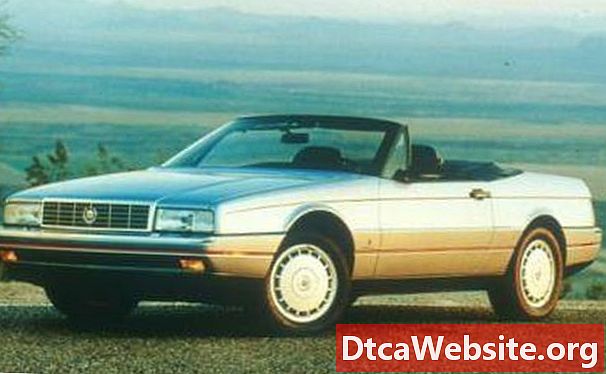
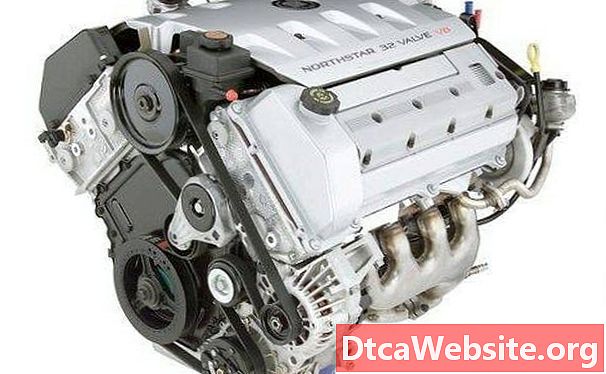
The first Northstar engine was the L37, which generated 295 horsepower and then boosted to 300 for the 1996 to 2004 model years. Northstar-equipped front-wheel drive Cadillacs were one of the most powerful passenger cars on the road and the second most powerful in Cadillac behind the 400-horsepower 500-cubic-inch V-8 in the 1970 Eldorado.
Components
The Northstars block is die-cast aluminum, with no main bearing caps, but a seam along the bottom end girdle to reduce oil leaks common in early Northstar engines. The compression ratio until 2000 was a high 10.3:1, but reduced after 2000 to 10.1:1. It also contains an "interference" system to prevent piston damage if the timing chain fails.
Innovations
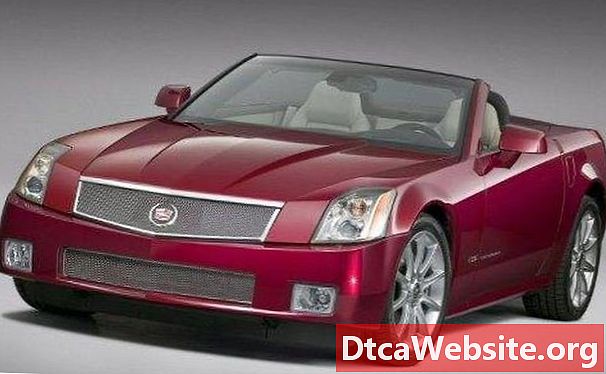
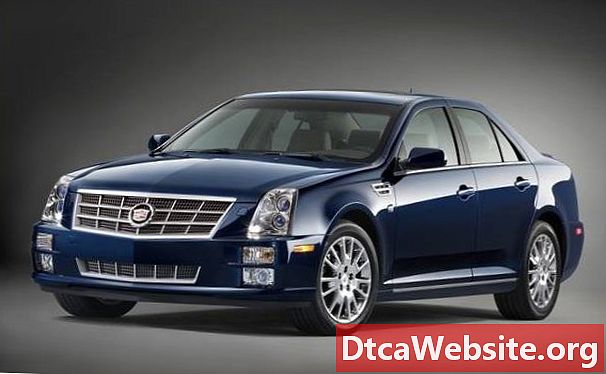
General Motors developed the Nylon 66 thermoplastic intake manifold to cool intake air and a sequential fuel-injection system along with a fuel-pressure regulator and intake air temperature sensor. The engine also features fail-safe methods that allow the engine to run at a reduced performance even if the ignition timing is faulty. It also features a cooling system to allow the engine to run for a short time without coolant.
Problems
Some Northstar engines have been known to experience head gasket failure and burn oil. The 2000 to 2001 models suffered from carbon deposit buildup in the combustion chamber. In the L37s, for the 1993 to 1994 models, debris blown into the oil relief valve caused loss of oil pressure. Oil leaks at the rear main crank case seal also were common.
Supercharged
A supercharged 4.4-liter version was developed exclusively for the 2006 to 2008 Cadillac XLR-V and STS-V models. The supercharged XLR-V generates 443 horsepower while the STS-V version produced 469 horsepower. The XLR-Vs horsepower was reduced somewhat due to limited space in the engine compartment due to design.
The V-12
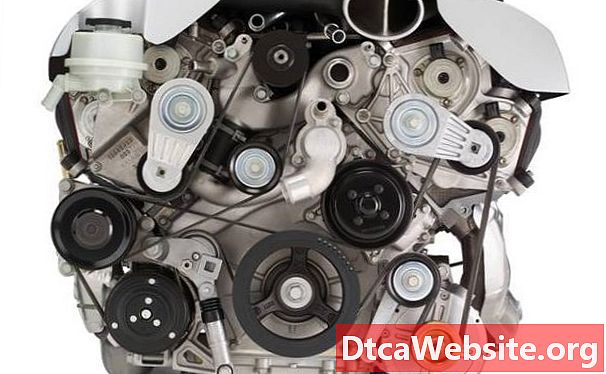
GM has been toying with a Northstar V-12, including the lightweight 7.2-liter version, for the Escalade for years, but never put one in production. An early plan was to join two 3.6-liter V-6 engines at the crankshaft. But, in 2007, GM planner Bob Lutz denied that GM had any such plans.


